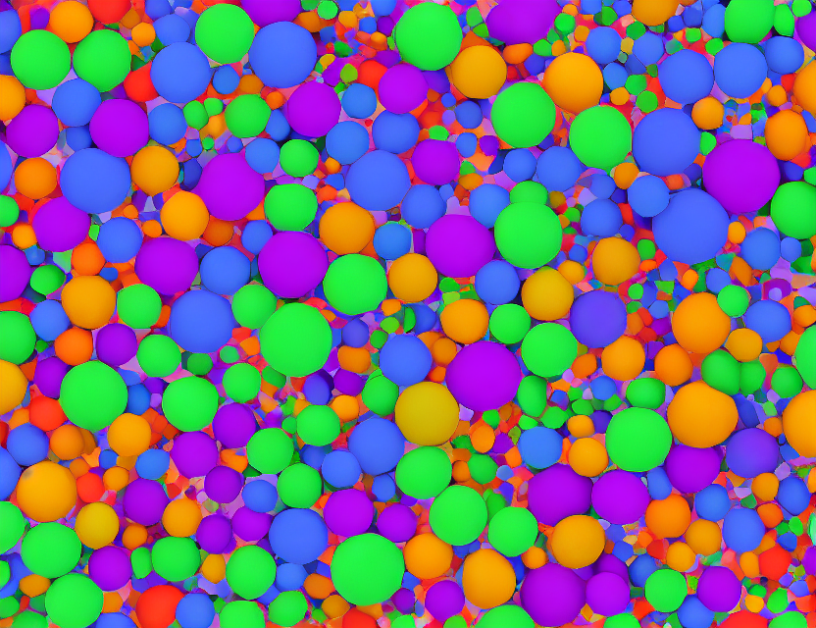Classification is a fundamental problem in computer science, where we want to assign labels to unlabeled data points based on their similarity to existing labeled points. In this article, we focus on the binary classification case where our input consists of red and blue points, and our goal is to find a hyperplane that separates them perfectly. We discuss various algorithms for solving this problem, including linear programming for computing an optimal separating hyperplane, and the use of persistent red-black trees to efficiently query and update the solution.
The article starts by explaining the context and motivation for studying classification problems, highlighting their importance in applications such as email spam detection and fraudulent transaction identification. We then dive into the specifics of binary classification, where we aim to find a hyperplane that separates red points from blue points with zero error.
To tackle this problem, we first consider the case where the number of red points is fixed and known in advance. In this scenario, we can compute an optimal separating hyperplane using linear programming in O(n) time, where n is the number of points. However, in many real-world scenarios, the number of red points is unknown or changing, which makes things more challenging.
To handle this situation, we propose using persistent red-black trees to store the lines of B∗ ∪ R∗, where B∗ is the set of blue points and R∗ is the set of red points. These trees are designed to efficiently query and update the solution to classification problems, even when the number of red points is changing.
We then demonstrate how our data structure can be used to compute an optimal separating hyperplane in O(n log n) time, which improving upon the earlier O(n2) time algorithm from Seara [19]. We also show how our data structure can be used to efficiently query and update the solution to classification problems, even when the number of red points is changing.
Throughout the article, we strive to demystify complex concepts by using everyday language and engaging metaphors or analogies. For example, we compare the process of computing an optimal separating hyperplane to a chef trying to separate a set of ingredients into different categories based on their flavor profiles. We also use examples from real-world applications to illustrate how our proposed algorithms can be used in practice.
In summary, this article presents a concise overview of the motivation and related work in binary classification problems, including the development of efficient algorithms for computing an optimal separating hyperplane and maintaining an efficient data structure to query and update the solution. By using everyday language and engaging metaphors or analogies, we aim to make complex concepts more accessible and understandable to a broad audience.
Computational Geometry, Computer Science
Dynamic Minimum Bichromatic Separating Circle: A Study of Classification Problems in Computer Science



